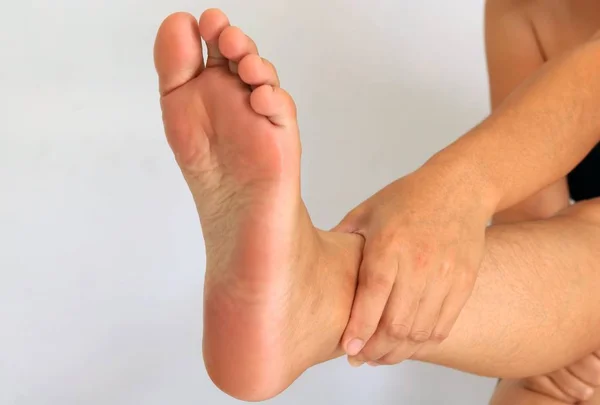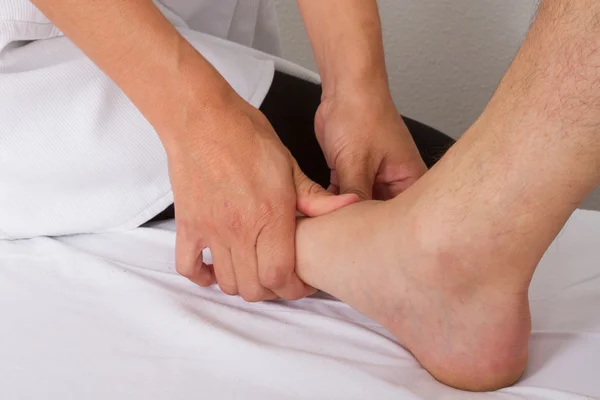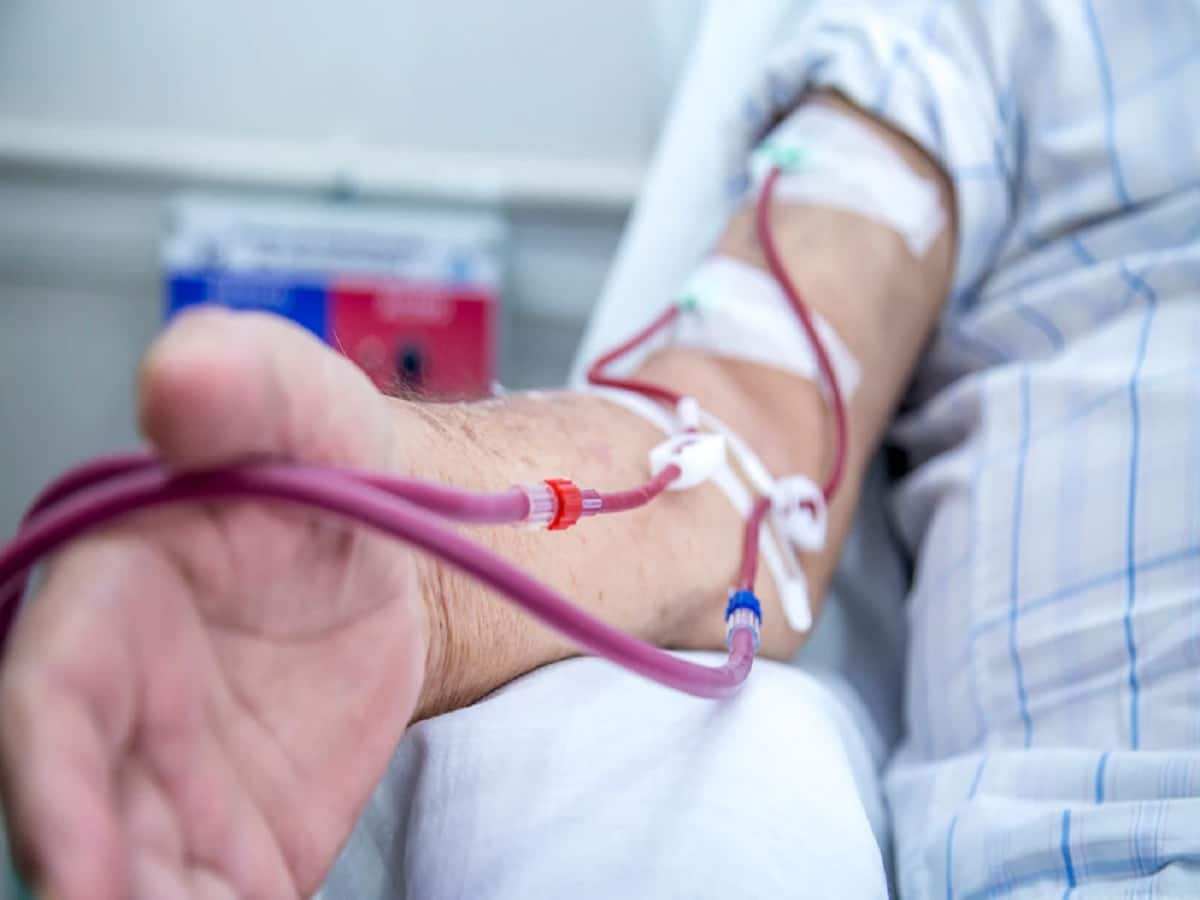Are Sock Marks a Sign of a Health Problem? Sock marks are common for many people, often appearing as indentations on the skin after removing socks or other tight-fitting clothing. While these marks are usually harmless and disappear quickly, there are instances when they may indicate underlying health issues. If your socks leave deep, long-lasting indentations or you notice persistent swelling, discomfort, or skin discoloration, it’s essential to understand potential causes and when to seek professional help. Here’s what experts say about the possible health concerns related to sock marks and how to recognize when they indicate something serious.

Are Sock Marks a Sign of a Health Problem?
Yes, sock marks can sometimes indicate a health problem, especially if they are deep, persistent, or accompanied by swelling, pain, or skin changes. While occasional sock indents are normal, consistent or worsening marks may be linked to conditions like peripheral edema, venous insufficiency, lymphedema, deep vein thrombosis (DVT), or kidney and liver disease. If you notice unusual swelling, discomfort, or other concerning symptoms, it’s best to consult a doctor to determine the underlying cause.
What Health Conditions Cause Sock Marks?
Sock marks can be more than just a temporary cosmetic issue. In some cases, they may be a sign of underlying health conditions that require medical attention. Let’s examine some of the potential causes of persistent sock marks and what they might indicate about your overall health.
Swelling from Peripheral Edema
Katherine Teter, MD, a Vascular Surgeon with Hackensack University Medical Center, explains that peripheral edema is a common cause of noticeable sock marks. Peripheral edema occurs when excess fluid accumulates in the tissues, particularly in the legs and ankles. This swelling can make sock marks more pronounced and longer-lasting.
Dr. Teter notes, “When peripheral edema is present, the soft tissue in your legs becomes swollen with fluid. This can make sock marks more noticeable and slower to disappear after removing your socks.” She adds that while mild, temporary edema is often harmless, persistent or severe swelling may indicate an underlying medical condition that requires attention.
Circulation Issues from Venous Insufficiency
Jossef Amirian, MD, a Cardiologist with Manhattan Cardiology in NYC, highlights the role of venous insufficiency in causing persistent sock marks. Venous insufficiency occurs when the valves in the veins of the legs don’t function properly, leading to blood pooling and swelling.
Dr. Amirian explains, “In venous insufficiency, the veins struggle to transport blood back to the heart efficiently. This can result in fluid retention and swelling in the legs, making sock marks more prominent.” He emphasizes that venous insufficiency is a common condition, affecting up to 40% of people in the United States.
Chronic Swelling from Lymphedema
Lymphedema is another condition that can cause persistent swelling and more noticeable sock marks. This chronic condition occurs when the lymphatic system is damaged or impaired, leading to fluid buildup in the tissues. Unlike other forms of edema, lymphedema typically affects one limb or one side of the body.
Individuals with lymphedema may notice that their sock marks are deeper and take longer to disappear. The affected limb may feel heavy, tight, or painful, and the skin may become thickened or hardened over time.
Deep Vein Thrombosis (DVT) Blood Clotting
Deep vein thrombosis is a serious condition that occurs when a blood clot forms in one of the deep veins, typically in the legs. While DVT itself may not directly cause sock marks, it can lead to swelling and discomfort in the affected leg.
Dr. Teter warns, “If you notice sudden, severe swelling in one leg, especially if accompanied by pain, warmth, or redness, it’s crucial to seek medical attention immediately. DVT can be life-threatening if left untreated.”
Ankle Puffiness from Certain Medications
Some medications can cause fluid retention and swelling in the legs and ankles, leading to more pronounced sock marks. Common culprits include:
- Amlodipine (Norvasc) and other calcium channel blockers
- Gabapentin (Neurontin, Horizant, Gralise) and pregabalin (Lyrica)
- Nonsteroidal anti-inflammatory drugs (NSAIDs)
- Birth control pills
- Steroids like prednisone
Dr. Teter advises, “If you notice increased swelling or more prominent sock marks after starting a new medication, consult your healthcare provider. They may need to adjust your dosage or consider alternative treatments.”
Kidney or Liver Disease
Dr. Teter points out that both kidney and liver disease can lead to fluid retention and swelling, particularly in the legs and ankles. These conditions can impair the body’s ability to regulate fluid balance, resulting in edema and more noticeable sock marks.
“When the kidneys or liver aren’t functioning properly, it can lead to a buildup of fluid in the body,” Dr. Teter explains. “This can manifest as swelling in the legs and ankles, making sock marks more pronounced and slower to fade.”
When Should You Be Concerned About Sock Indents?
While occasional sock marks are usually nothing to worry about, there are certain situations where they may warrant medical attention. Here are some signs that indicate it’s time to consult a healthcare professional:
- Persistent swelling that doesn’t improve with elevation or overnight rest
- Sock marks that are accompanied by pain, warmth, or redness in the affected area
- Swelling that is significantly worse in one leg compared to the other
- Difficulty breathing or chest pain along with leg swelling
- Skin changes, such as thickening, discoloration, or ulceration
- Sock marks that worsen over time or are accompanied by other symptoms
Dr. Amirian emphasizes, “If you notice any of these signs, it’s important to seek medical evaluation. Early diagnosis and treatment of underlying conditions can prevent complications and improve overall health outcomes.”
In conclusion, while sock marks are often harmless, they can sometimes be a sign of underlying health issues. By paying attention to the duration, severity, and accompanying symptoms of sock marks, you can better determine when it’s time to consult a healthcare professional. Remember, early detection and treatment of circulatory problems, edema, or other health conditions can lead to better outcomes and improved quality of life.
Also Read | How to Ease Lipedema Symptoms with Compression Socks










